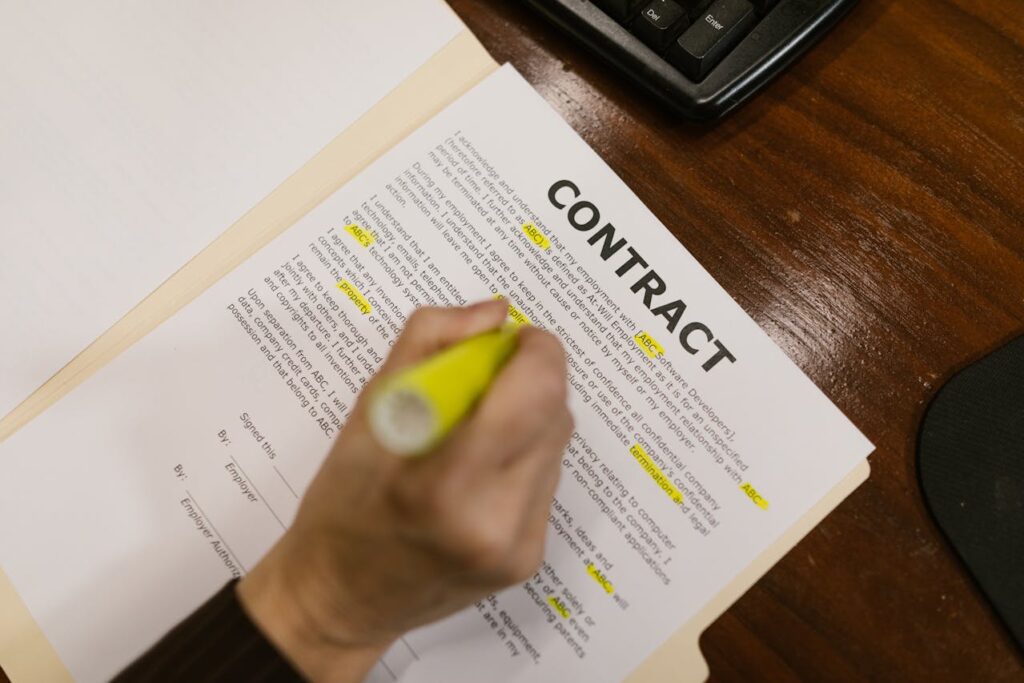How to Serve a Winding Up Petition: A Step-by-Step Guide

Unsure of how to serve a winding-up petition? You’re in the right place. Listed below are the basics you need to know about the process, including a step-by-step guide.
First, there are several questions you need to ask yourself to ensure that serving the petition is the right course of action.
Are You Owed a Valid Amount?
A corporate debtor only need owe you £750 before you can petition for their winding up.
Have You Made Every Effort to Collect the Debt?
You can only have a petition served if you have exhausted every other effort to retrieve the debt amount. A winding-up petition effectively states that the debtor cannot pay what they owe. It does not mean that they are refusing to pay you.
The difference matters because the result of this petition is the company’s liquidation.
Step 1: Consider the Costs
The approximate legal cost of hiring a solicitor to help you through the process will be around £2,000 – £6,000 + VAT depending on the complexity of the matter and if the petition is opposed.
You will only recover this expense (and the debt) if the debtor company has sufficient assets to realise.
Step 2: Do I Need to Serve a Statutory Demand?
To successfully make your case, you will need to be able to show that either:
- The debtor has failed to satisfy a statutory demand for £750 or more
- The debtor has failed to satisfy a court a judgment for £750 or more
- The debtor owes you £750 or more and they are unable to pay their debts as they fall due
In practice, it almost always makes sense to serve a statutory demand and petition on the basis of a failure to satisfy that demand.
Step 3: Payment Not Received? Time to present the petition?
After you have formally demanded the debt (either by a statutory demand or formal letter), and payment has not been received, you will need to consider incurring the risk and costs of presenting a petition to the court.
Once you have drafted the petition, you file it with the court and pay the appropriate court fee and Official Receiver’s Deposit. The court will then issue the petition and return a sealed copy to you for service. The court will also list a date for the hearing of the petition.
Step 4: Serving the Petition.
To properly serve the sealed petition, it must be delivered to the Company’s registered office, and handed either to, a director, officer or employee of the Company, or a person who acknowledges being able to accept service on the Company’s behalf
If no person is present the petition can be served at the registered address by leaving it in a place where it will come to the Company’s attention. If served in this way you should also send a copy by email to remove any argument.
It always makes sense to instruct a professional service processor.
What to Do After Serving the Petition
Once the petition is served, you must file a statement of service, in the name of and signed by the person who served it, with the court verifying it has been served.
Before the hearing there are further steps to be complied with, for example the petition must be advertised so that all creditors and people with an interest have fair notice.
Seek Legal Advice
If you are unsure about any of the above, contact us for legal advice. Helix Law can help you successfully navigate court procedures.



